Leather shoes
Contents
History
It's not known when leather was first used to make shoes but the earliest find was excavated by archaeologists in an Armenian cave in 2010. Estimated to be 5,500 years old - between the Neolithic and Bronze Age - the shoe is made from one piece of cowhide with a grass lining.
The famous footwear from the glacier mummy Ötzi is about 5,300 years old. This shoe structure was surprisingly complex. The upper (outer shoe) was made of deerskin with hair side facing out as protection against moisture and the sole was made of bearskin with hair side facing inside, offering excellent heat retention properties.
But the earliest representation of people wearing shoes is believed to be the drawings of hunters found in the Altamira Cave in Spain dating back about 15,000 years.
The oldest actual footwear was a pair of sandals unearthed by archaeologists from the Arnold Research Cave in Missouri, USA. Made from plants they are 8,300 years old.
1st Photo:Roman legionary sandal 1st century AD (DLM - German Leather Museum in Offenbach)
2nd Photo:Cow's Mouth shoe 16th century (DLM - German Leather Museum in Offenbach)
Why leather?
Shoes are made from many different materials and in infinite colours and shapes. In the early days, the shape and appearance of a shoe was solely to protect the foot against injuries and the climate. However, in more modern times shoe styles have been heavily influenced by fashion and used to display the status of the wearer. As well as being more comfortable and better suited to the weather, modern footwear is specially designed for specific uses, including women's and men's shoes, slippers, sneakers, boots, hiking boots, sandals and much more.
Throughout the centuries, leather has been the primary material for shoes, mainly because it was always available in sufficient quantities. Today, although a variety of materials are used to make footwear, leather is still paramount, for a number of reasons. It can be formed, sewn, and made waterproof without losing its breathability. It is also very robust and offers excellent protection against foot injuries. You will never sweat as much in leather shoes, compared to those made from materials. While fabric is also breathable, its waterproofing qualities and the level of protection it provides against injuries is significantly inferior to leather. Through these superior properties leather, is still the best material for shoes. Most substitute materials are processed solely for price reasons.
Materials and Figures
Nowadays, in the production of shoe uppers, almost all types of leather are used making it harder to distinguish between them. The most common types of leather are pigmented smooth leather pigmented smooth leather (pigment binder coating on the grain side), aniline leather (open pore grain side leather), waxed or oiled leather, suede and nubuck. Vegetable tanned cow hide is commonly processed for sole leather. In Europe, footwear manufacturers are required to clearly specify the exact description of materials processes.
The shoe industry is the world's largest processor of leathers. Worldwide 14 billion pairs of leather shoes are produced annually. Of which, 11.5 billion come from Asian factories with China being the biggest producer by contributing 8 billion pairs. By comparison, only 26 million pairs of shoes are produced in Germany. Roughly 5 million pairs of shoes are made in the UK (discounting the two main producers ‘New Balance’ & ‘Hotter’ (britishfootwearassociation.co.uk).
Most number of shoes are purchased in the USA. According to statistics, every American buy six pairs of shoes every year. In Europe, Japan and Canada, between three and five pairs of shoes are bought per year whereas the average Chinese buys 2.5 pairs of shoes per year.
In Germany, every woman has 17.3 pairs of shoes at home and men have 8.2 pairs (according to a survey carried out in 2014).
Expensive brand shoes - shoes in the shoe shop - shoes on the cheap market
The labelling requirement for shoes
In Europe, footwear manufacturers have to fulfil labelling requirements on all their items. They are obliged to provide details of exact materials used in making different parts of the shoe either in text form or by depicting the same using thumbnail images
The following components of a shoe must be identified in terms of the used material:
Image 1: Uppers: The upper outer material is meant.
Image 2: Lining and insole: The upper and lower materials inside the shoe are meant.
Image 3: Sole: The outsole is the contact material to the floor which wears off.
The specified material must make up 80% of the complete volume and surface of the materials processed. If several materials are processed (e.g. leather and textile as upper material), the main materials must be specified.
The following materials are distinguished:
Image 1: Leather: "Leather" are hides and skins were its original fibre structure was not changed. Materials which are produced from dissolved or crushed leather fibres and processed into sheets are not "leather". Any colour film or layer applied on the surface of leather cannot be thicker than 0.15 mm.
Image 2: Coated leather: Coated leather is leather, where a painting or a film is thicker than 0.15 mm, but not more than 1/3 of the total thickness. If the coating is greater than 1/3, then it must be described as synthetic leather.
Image 3: Textile: Textiles are all natural and synthetic textiles.
Image 4: Other Material: Other materials are all materials that are not covered by the upper groups. For example, rubber or plastic for an outsole.
Leather quality of shoes
There are many criteria that define the quality of a shoe.
- rub fastness (the resistance of the leather surface to mechanical abrasion)
- water vapor permeability
- tear resistance (the force that must be applied to increase existing tears)
- discolouration (the staining of socks caused by the leather lining inside the shoe)
- adhesion of the leather colour
- bending behaviour
- light fastness (resistance of the material's colour to fading)
Main leather terms for shoes
Upper
The upper is leather on the visible side of the shoe. It makes up the largest part of the processed leather for shoes. It involves the use of a wide variety of processed leathers including skins and hides from many species. Typical is cow leather, calfskin, goatskin, sheep leather and even horse leather in the high price segment. But it is not uncommon to use exotic leathers. Crocodile leather, snake leather and a lot of other exotic leathers are processed. Depending on the desired look and finish, leather can be coarse or fine-grained, matt or glossy, metallic or luminous. Most upper leather is Chrome tanned.
Upper leather in many variations: coloured - perforated - carved.
Sole leather
When the sole of a shoe is made of leather, it's called leather sole. Sole leather is thick (2.5 - 6 mm) not very pliable and solid vegetable-tanned leather.
Leather sole, made in Spain with a sensitive lightly sanded leather.
Leather sole made in Germany from cow with crocodile upper leather.
Not really easy to care: Golf shoes with white suede as sole and rubber studs.
Leather lining
Shoes can have a leather lining inside. It’ is not the leather where the foot rests on, but the part, which is in contact to the rest of the foot in the shoe. A leather lining, therefore needs to feel good and be permeable to water vapour, so you do not sweat. Leather from cow, calf, goat, sheep and pig is used as lining.
Shoe Care - Leather selection
There is a wide range of leather care product for shoes. Most shoe stores offer their own company branded shoe care products. However, there is an endless selection of leather types in footwear. From easy to care pigmented smooth leather to pull up leather to highly sensitive aniline leather or suede and nubuck. Often, customers are not aware of the sensitivity of some types of leather and expect waterproofing treatments to be very durable or last a lot longer.
Important
- Leather shoes are available in all imaginable types of leather. Some of these many types of leather are very sensitive and not easy to maintain. These include suede, nubuck or aniline leather. These porous leathers are always sensitive! waterproofing treatment will make the shoes permanently impervious to stains. Always carry out a water rubbing test.
Leather shoes are available in all imaginable types of leather. Some of these many types of leather are very sensitive and not easy to maintain. These include the suede, nubuck or aniline leather. These open pore leathers are always sensitive! No amount of waterproofing treatment will make the shoes impervious to stains. Over time the waterproof treatment will wear off and the will always retain its sensitiveness. Always carry out a water rubbing test. Rub a drop of water on the surface to check if it penetrates the surface of the leather and darkens it. If water does penetrate, remember the shoe or boot is not suitable for wet weather! Not even with a waterproof treatment. No care products can make this leather insensitive. Otherwise it would have been made by the manufacturer! No care product makes this leather insensitive. Otherwise it would have been made by the manufacturer.
- Bright leather is more sensitive than dark leather. Stains and scratches on bright shoes are much more visible and can be less easily removed with care and cleaning products. If a bright leather is also porous, it will require more care and maybe better to use just for special occasions.
- Leather shoes can discolour inside. Carry out a rub test using a dry white cloth. This way you check, what will happen to light coloured socks
- There are certain products offered to widen tight shoes. But it is safe to say only buy shoes that really fit as the scope for vastness of the leather is very low.
With so porous bright aniline leathers also an intense waterproof is not sufficient protection. This is a fair-weather footwear.
Video about shoe care
Cleaning and care of aniline and porous leather shoes.
Cleaning and care of suede and nubuck shoes.
Additional information
- Basic rules when dealing with leather shoes
- Leather care
- Waterproofing
- Dye transfer from leather
- Leather boots
Bespoke shoes
Shoes are also manufactured in Europe. Artworks are created by custom made shoe manufacturers, which sometimes process exotic leathers.
A beautiful video about the production process of leather shoes.
Shoes made of ostrich leather and blue golf shoes made by Himer bespoke shoes
Bespoke shoes made of stingray leather made by Himer bespoke shoes
Ironed salmon leather shoes and ostrich leather shoes made by Jacob, F. Shoes
Stingray leather and cordovan shoes made by Jacob, F. Shoes
Eel leather and Alligator leather shoes made by Jacob, F. Shoes
Historic shoes
Shoes have had a wide variety of colours and shapes over the centuries and cultures.
Women's shoe made of gold leather - Roman legionary sandal 1st cent. AD (DLM - German Leather Museum in Offenbach)
Shoe from the time around 1540 - Pointed shoe (DLM - German Leather Museum in Offenbach)
Shoe Chopine from Venice from the time around 1600 - Lady's shoe (height of fashion reasons) (DLM - German Leather Museum in Offenbach)
Picture gallery
Trainers made of suede - cow hide shoes - Pull up leather shoes
Shoes made of salmon leather (www.ledermanufaktur.com) - painted shoes - sheepskin slippers
Beautiful painted shoes made by www.schunikat.com.
Leather boots custom made for 2.500 €, size 47, 15 cm heel made by (www.ledermanufaktur.com).
Snakeskin - stretch leather - Eel leather
"Used-Look" - Embossed Shoe
Shoe made of suede - Leather ice-skates
Shoes of a minister of the green party in sneakers at the swearing in as Environment Ministers in Germany. - Toe shoe (DLM - German Leather Museum in Offenbach).
Leather boots made of snakeskin. - Printed lady's shoe from Spain.
Reproduction of juggler’s shoes from the middle ages Jacob, F. Shoes and www.ledermanufaktur.com
Metallic leather and patent leather.
Women's shoes made of crocodile leather.
Patchwork shoes
Leather sandals made by Selestudio
Patent leather shoes
Additional information







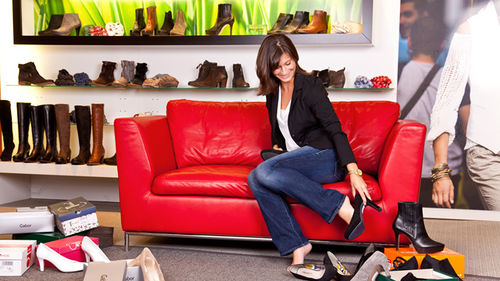
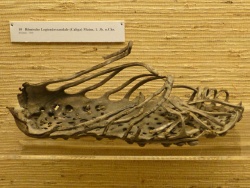
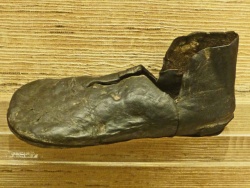
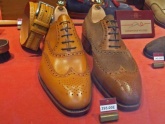
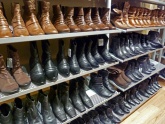
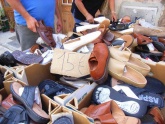







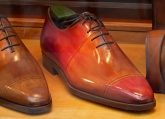
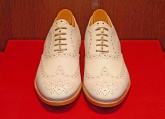
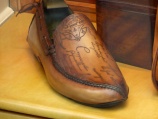
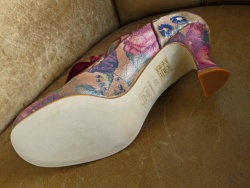
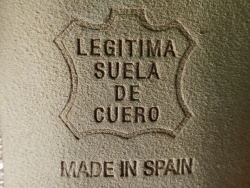
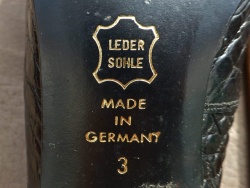
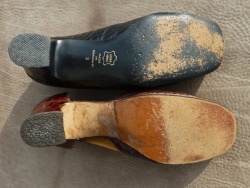
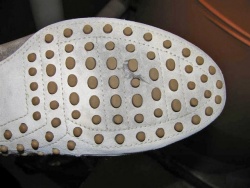
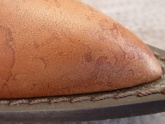
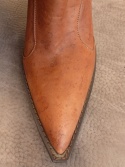
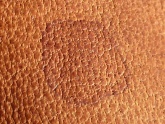

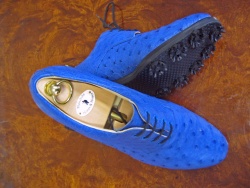
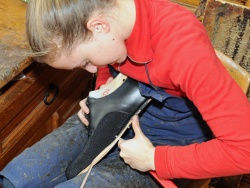
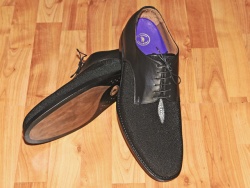
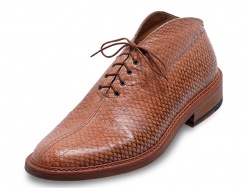
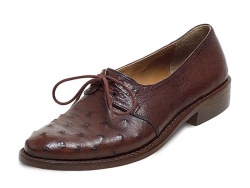
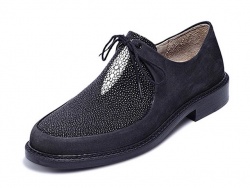
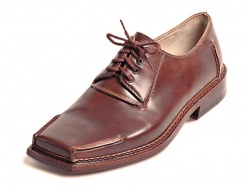
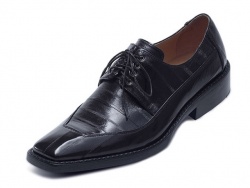
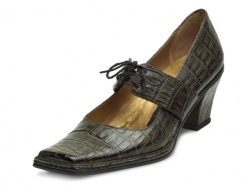
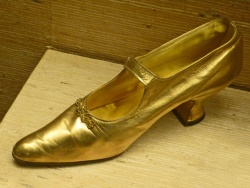
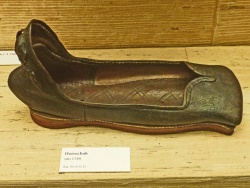
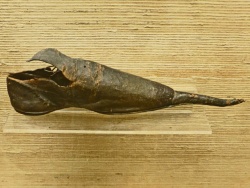
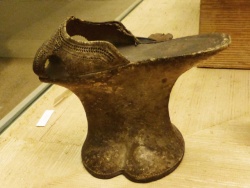
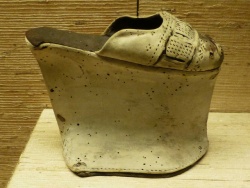
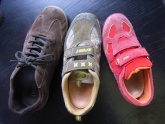
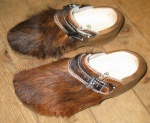
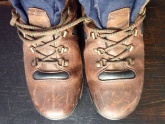
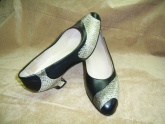
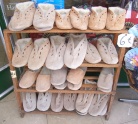
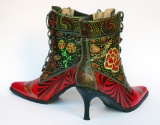
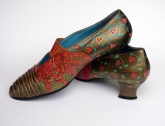
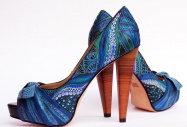
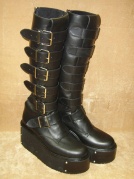
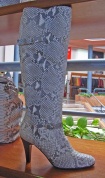
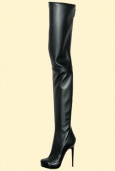
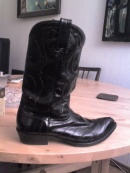
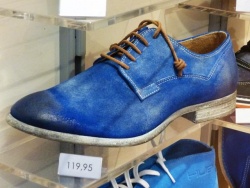
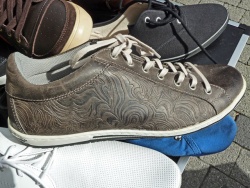
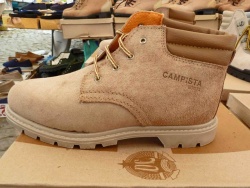
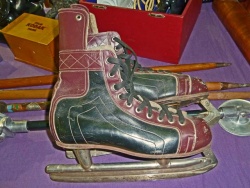
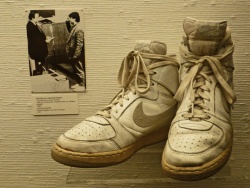
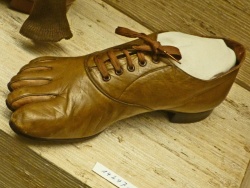
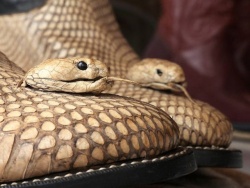
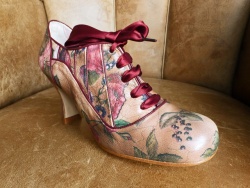
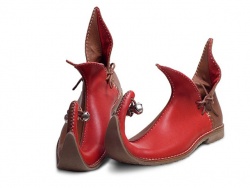
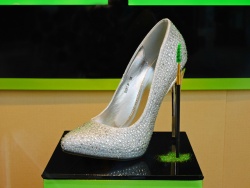
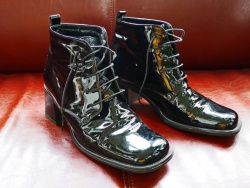
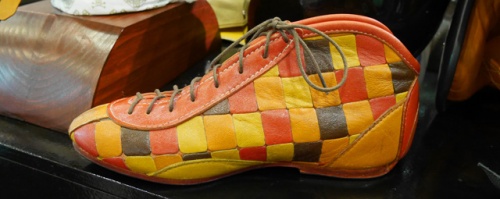
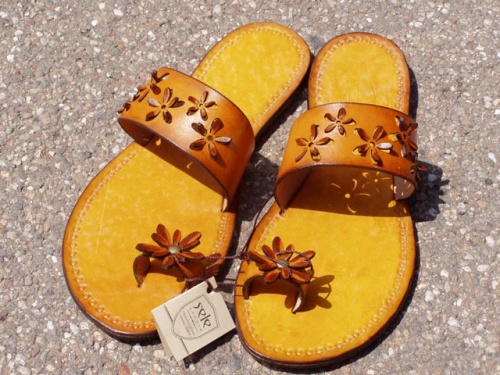

 a kotori web solution
a kotori web solution